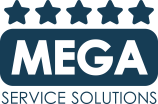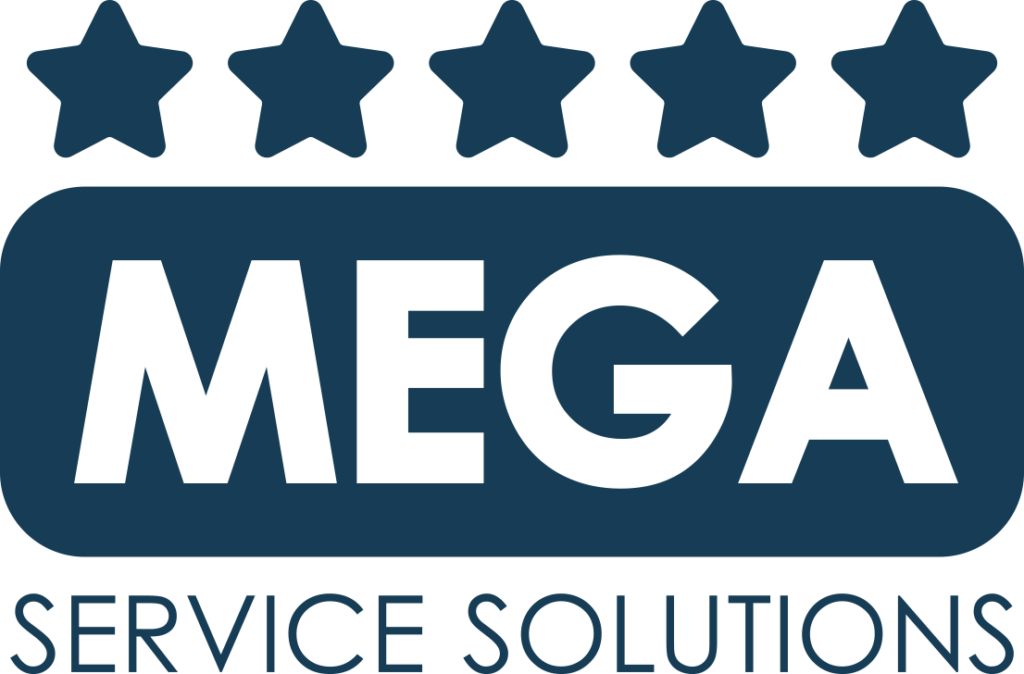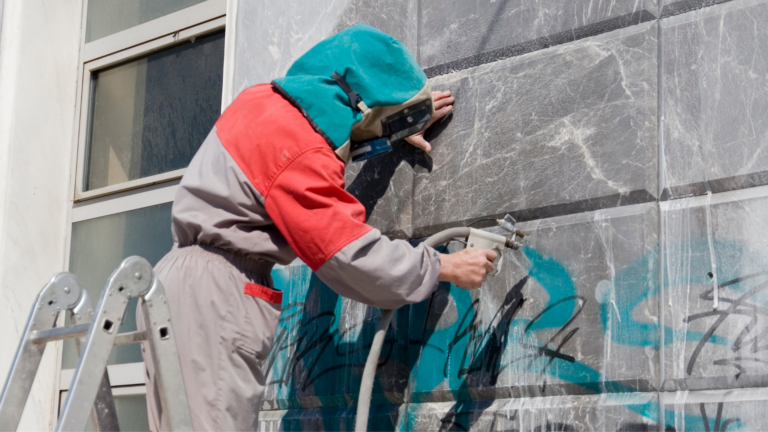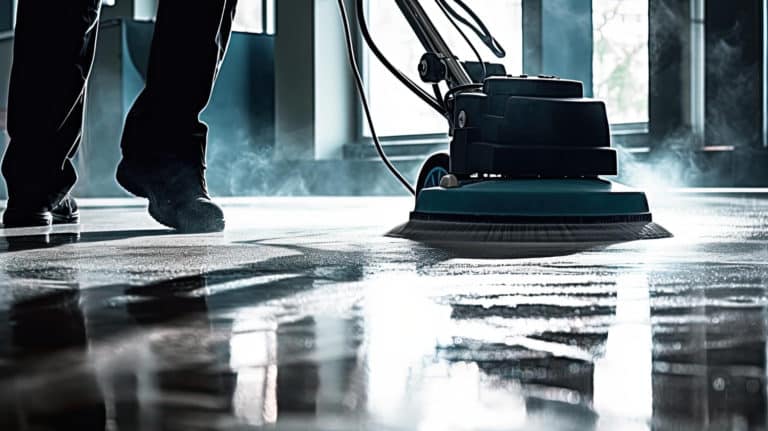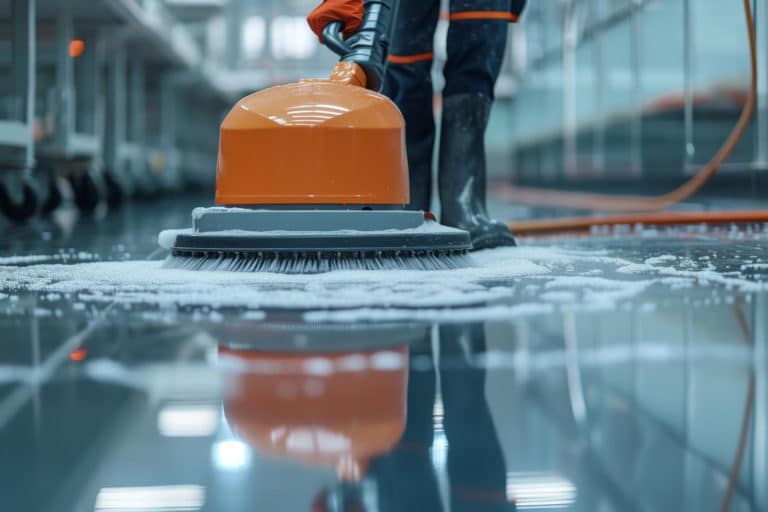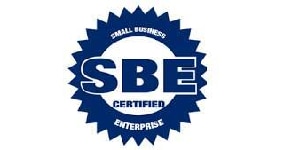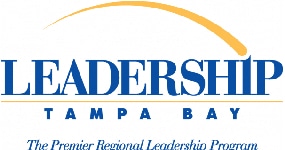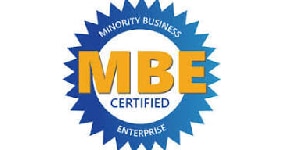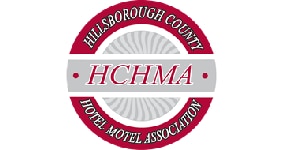Throughout Georgia, Florida, Texas, Lousiana, and the Carribean, we are cleaning up after Hurricanes Harvey, Irma, and Maria. We know it’s difficult assessing the damage, cleaning up the debris, taking care of flooded properties. Hurricane season is not over yet but you know the nightmare of cleanup if you’ve dealt with it before and you might not know where to find the best information.
Storm cleanup is different from your typical or even monthly heavy-duty cleanup. Safety, health hazards and other issues that require special tools and techniques, along with safety measures and gear not required of your daily cleaning will be needed.
Flooding
One of the biggest threats during a hurricane aside from the wind is the flooding. Removing water and drying everything out is a daunting task. Purchasing a wet/dry vacuum, upholstery cleaners, utility pumps for water removal and a mop will go a long way if you have extensive flooding. When cleaning, keep safety in mind with any electrical tools you’re using in flooded areas. In cases of 8-foot storm surge flooding like Harvey, document every bit of damage to drywall and furniture from flooding for insurance purposes and to make sure all bases are covered. Forming a plan of attack on your flooded property will make sure everything is done quickly and efficiently.
Mold is your next biggest concern after you have gotten all the water out. Utilizing dehumidifiers or if your air conditioning has an extra dry feature will go a long way to keeping mold out. Using a bleach solution and scrub brush will help you get to those hard to reach areas. For those areas that stay damp odor absorbers like DampRid, silica, the Bad Air Sponge, and any activated charcoal-based products are all good options. If no end seems in sight professional help may be required. It is extremely important when cleaning flooded areas to have face protection so as to not breathe in the mold.
You can do your best to rid your home of all microbes from floodwaters but that may not be enough. When the floodwaters receded after hurricane Katrina many people needed pricey antimicrobial spraying equipment for their entire home. Do your best to get all the water out and then remain vigilant for spots on walls, bad smells, and inexplicable coughs from the hidden mold.
Debris Disposal
Our headquarters in Tampa luckily made it out of Irma with little flooding and mostly debris from trees, a few toppled gas stations, and blown over fences. It is important to listen to the City you live in that provides solid waste removal. Having patience with their debris removal system is very important as demand skyrockets and they may not be able to pick up your debris swiftly. Cutting up large limbs and branches into 4 feet lengths and putting them bundled by twine near the curb will ensure your debris is properly removed and safely out of the way of traffic. Please make sure you check your cities requirements for debris removal it may vary based on location.
Here are a few valuable resources that will also help you get started in your hurricane clean up. We care about your wellbeing and wish you a speedy cleanup so we can all get back to normality in the wake of hurricane season.
